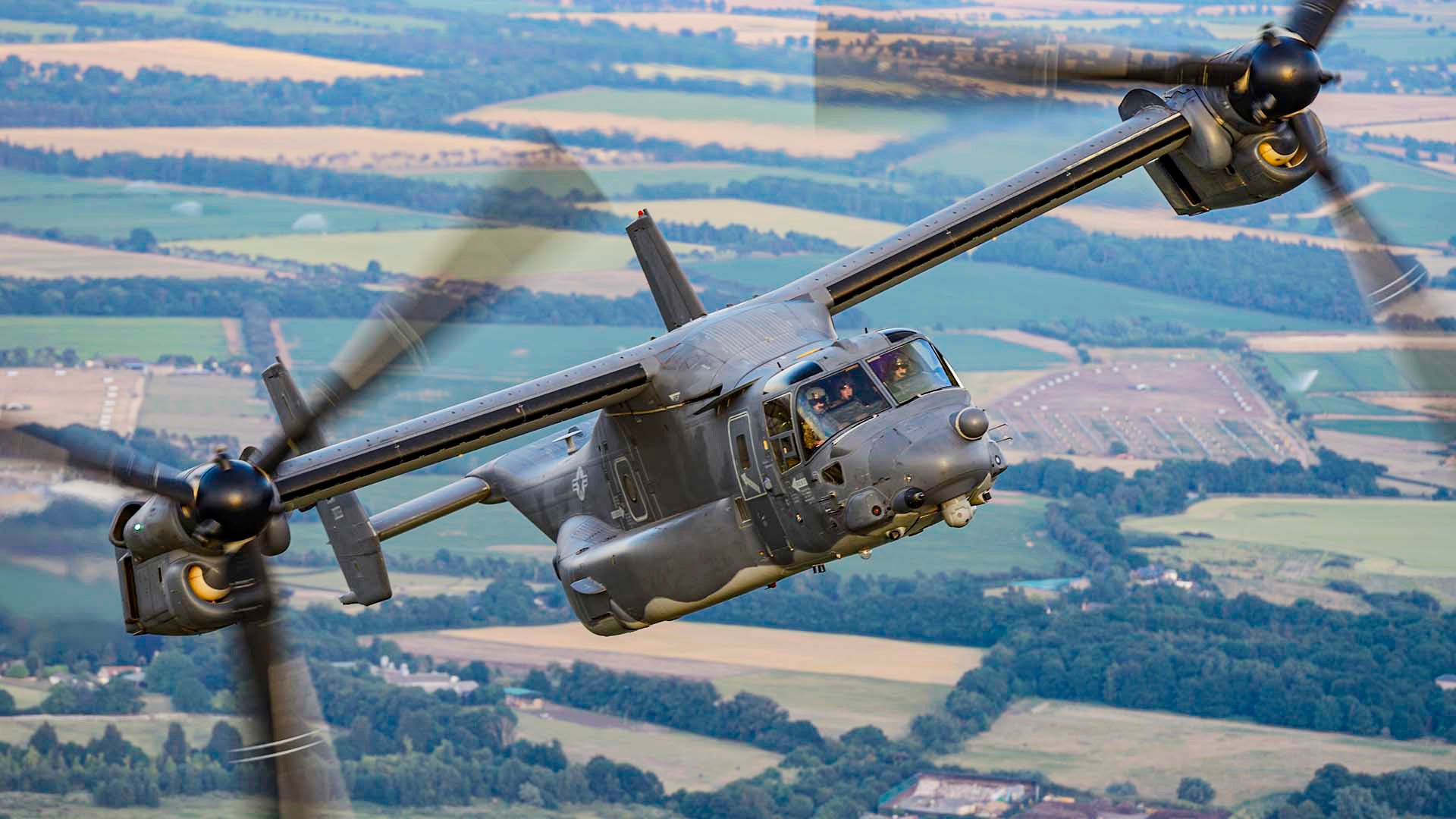A dramatic mission conducted in the early hours of October 31, 2020, saw members of the elite SEAL Team Six rescue American citizen Philip Walton, who was kidnapped in the northwest African country of Niger and then taken to neighboring Nigeria. News of Walton’s safe extraction threw the spotlight directly upon U.S. Special Operations Command (SOCOM) as reports, including here at The War Zone, revealed the daring mission brought together a raft of air assets, including CV-22B Ospreys and MC-130J Commando IIs, as well as KC-135R tankers to support their long-range mission.
Unconfirmed reports now indicate that the raiding party of special operators parachuted into an area near where Walton was being held, probably from the MC-130Js, with the CV-22Bs then safely recovering the assault team and the hostage.
The special operations Ospreys and their MC-130J Commando II companion aircraft used in October’s mission came from the 352nd Special Operations Wing (SOW) and the KC-135R tankers came from the 100th Air Refueling Squadron, all of which are based at RAF Mildenhall, in the UK. This unique and elite team is tailored to swiftly execute exactly this kind of high-stakes mission as America’s regional “9-1-1” emergency response force for Europe and Northern Africa.
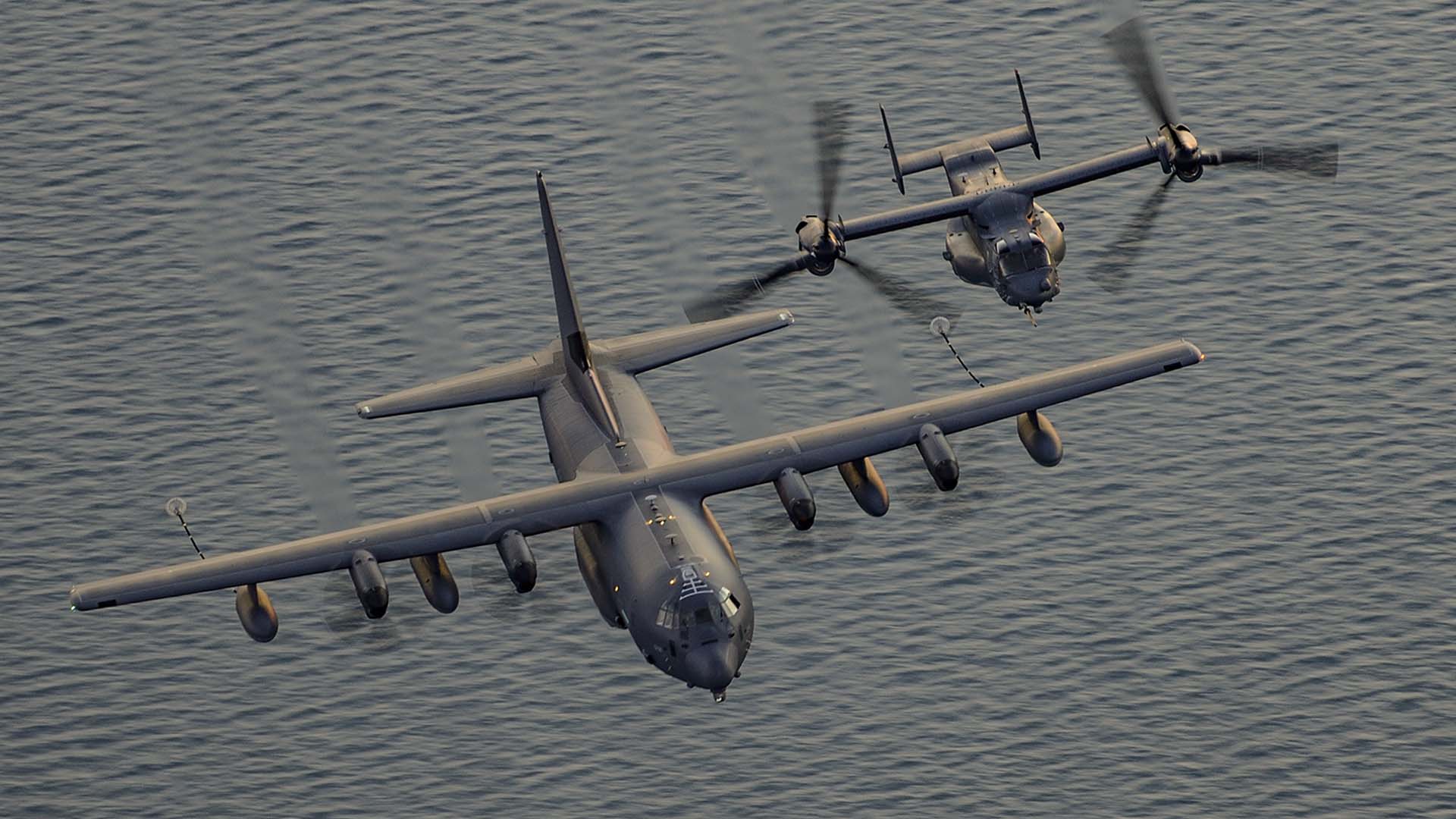
Assembling the required assets for the rescue detail saw the activation of as many as six Ospreys and no less than four MC-130Js, which dashed from their base in the United Kingdom to Naval Air Station Rota, in Spain. Four of these forward-deployed Ospreys were subsequently launched for the clandestine long-range, round-trip to Nigeria, where Walton was being held. Four KC-135Rs joined the assault, and these were used to refuel the MC-130Js, which in turn topped-up the fuel tanks of the Ospreys in order to facilitate such a long-range rescue, that spanned at least 1,700 miles each way. The mission also included an AC-130J gunship, which was likely to have provided top cover during the actual extraction phase, along with a U.S. Navy P-8A Poseidon, which likely employed its sensors and communications to provide command and control and overwatch support.
This mission clearly illustrates why Air Force Special Operations Command (AFSOC) placed so much importance on procurement of the CV-22, a requirement that largely rose out of the ashes of a failed attempt to rescue American hostages held by Iranian revolutionaries on April 24, 1980. Operation Eagle Claw involved eight RH-53D Sea Stallion helicopters and six C-130s, three MC-130E Combat Talon special operations transports and three EC-130E Airborne Battlefield Command and Control Center (ABCCC) aircraft, which were used for an ambitious rescue attempt that ended in disaster when one of the RH-53s crashed into a parked EC-130E during a remote refueling operation deep in the Iranian desert, killing five 8th Special Operations Squadron Airmen and three Marines.
Speaking at a memorial ceremony in 2017, the then vice commander of AFSOC Maj Gen Mike Plehn said: “I would tell you that all of those who participated in that daring mission deserve our unwavering gratitude, for they changed the way American special operations forces are organized, trained, equipped, and conducted.” Lessons learned from Eagle Claw laid the foundation of future U.S. special operations forces capabilities, including the eventual introduction of the Osprey decades later.
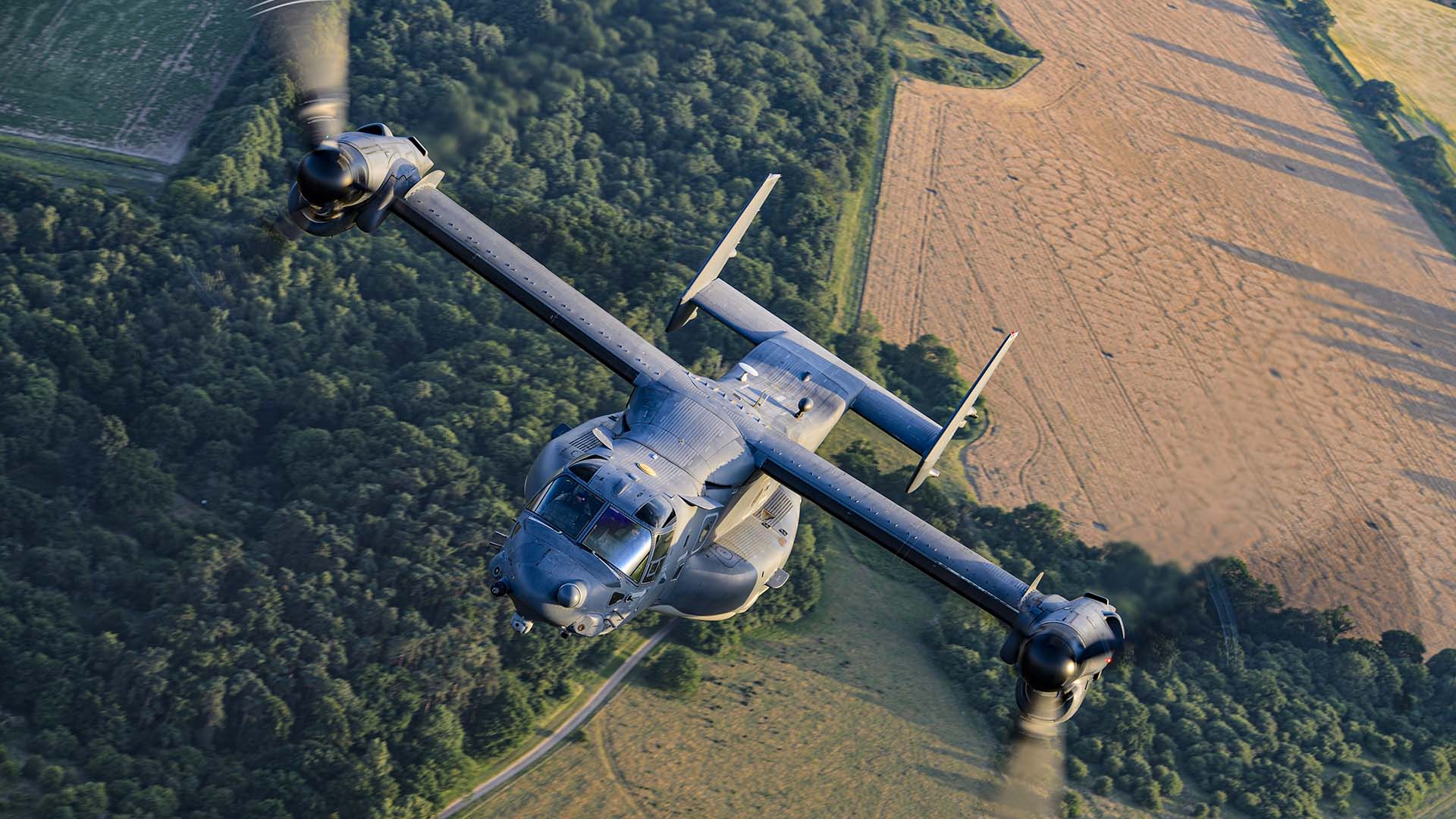
Mildenhall’s modern AFSOC team
Today, the 352nd SOW is AFSOCs emergency service for Special Operations Command Europe (SOCEUR), and Special Operations Command Africa (SOCAFRICA). It supports all manner of covert and clandestine missions and short-notice calls to action during any number of crises, as evidenced by this rescue.
A popular saying within this wing is: “If they know we are coming, we are too late.” It’s a mantra that lends itself well to its bread and butter operations, which are often conducted in some of the most hostile regions on the planet.
The Bell-Boeing CV-22B Osprey entered service with the 1st SOW at Hurlburt Field, Florida, in early 2007 and its first operational deployment began in March 2010, when six Ospreys headed into battle in Afghanistan. Many of the senior officers in today’s CV-22 community are former Sikorsky MH-53 Pave Low operators. While some were initially skeptical, most will probably concede that the popular MH-53 could never perform the kind of long-range missions, which often occur in the dark of night and at low-level, that the CV-22B now takes in stride.
The 352nd SOW came into being in 2015 at RAF Mildenhall when the 352nd Special Operations Group was redesignated and expanded amid a major recapitalization effort that saw Lockheed Martin MC-130J Commando IIs replace aging MC-130H Combat Talon IIs and MC-130P Combat Shadows, and CV-22B Ospreys effectively replacing the Sikorsky MH-53M Pave Low IV, which had actually been retired since 2008. The first of 10 CV-22Bs for the wing arrived at Mildenhall in June 2013. The CV-22B and the MC-130J now provide the cornerstone for a whole new level of forward-based aerial special operations transport capability for AFSOC.
The arrival of the CV-22B in Europe to join Mildenhall’s 7th Special Operations Squadron (SOS) opened up a raft of operational scenarios for AFSOC. Today’s Osprey is a battle-proven workhorse with many years of hard fighting in very harsh conditions behind it. The most obvious improvement over the MH-53 came in terms of speed and range. The CV-22B can travel up to 2,100 nautical miles (3,889 kilometers) with a single aerial refueling. This tiltrotor is tailor-made for inserting special operations teams, combining the speed and range of a fixed-wing aircraft, with the ability to transition into vertical flight and disgorge troops on the ground like a helicopter. The act of inserting special operators can also be achieved at higher altitude via parachute, or near the ground via fast-roping.
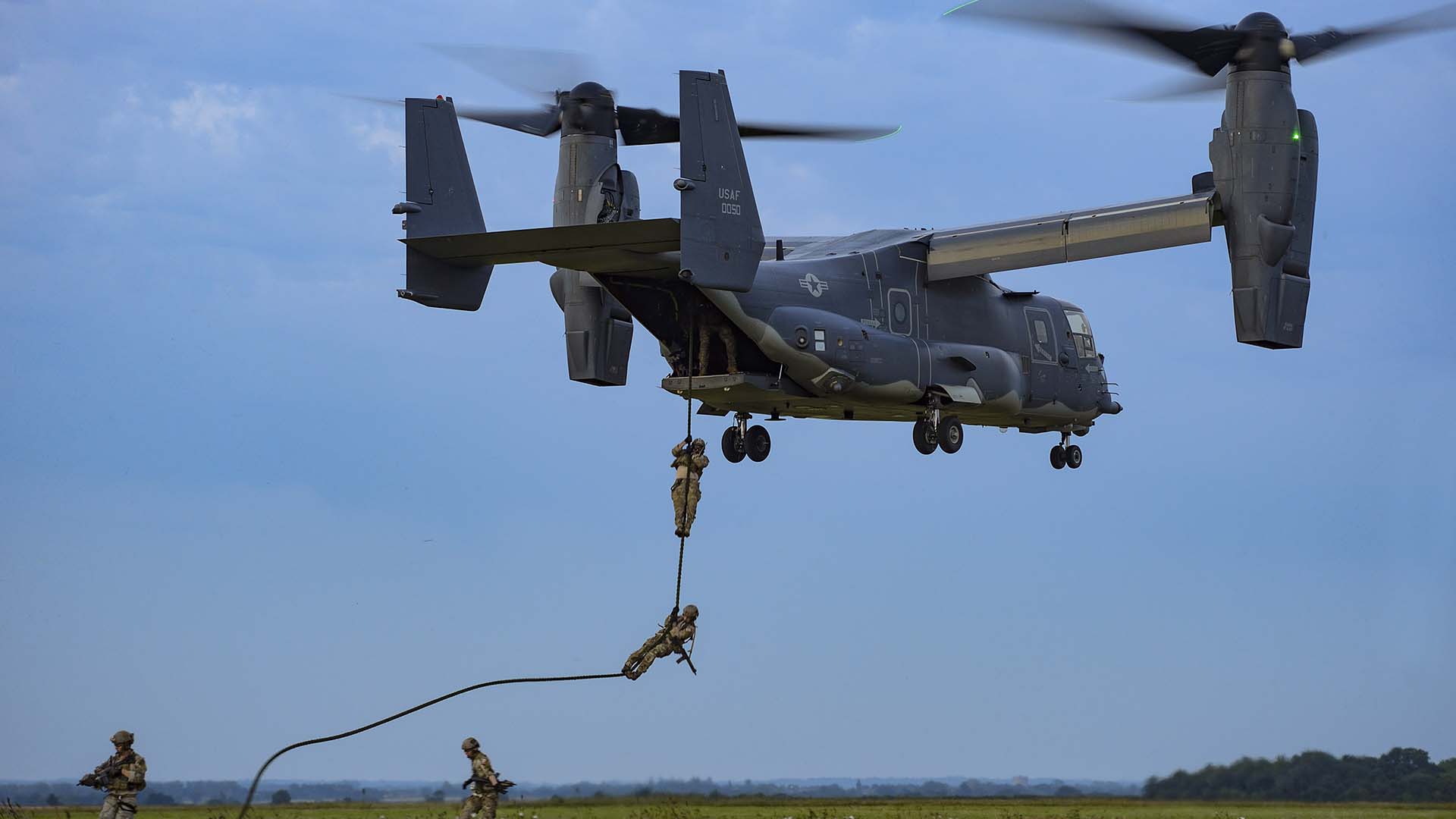
Versatility is a powerful attribute of the Osprey. Its cabin can be configured for up to 24 troops. The CV-22B can take all the special ops “toys” into the fight, including small tactical vehicles and motorcycles. It can even carry snowmobiles, small boats, and jet skis, plus litter kits for humanitarian or medical evacuation (medevac) roles.
The CV-22B is bristling with technology, with terrain-following radar, satellite communications, advanced countermeasures, and electronic surveillance systems. The 7th SOS routinely flies low-level training missions in the United Kingdom, and, with the current mission systems, pilots typically set the terrain-following radar and fly the aircraft manually, using the radar indications to climb or descend. Typically, one of the flight engineers will assist the pilot and co-pilot by providing a lookout during high workload sections of the mission.
While the 7th SOS is not a dedicated Personnel Recovery (PR) squadron, like the HH-60G Pave Hawk Rescue Squadrons of Air Combat Command, this is an important sub-mission for the CV-22 community. Indeed, the advent of the Osprey opened up the potential to undertake long-range PR missions within AFSOC like never before.
When it comes to PR missions, such as recovering a downed pilot, speed is truly of the essence. Ospreys are able to react faster to urgent taskings, arriving on-scene from farther away and quicker than traditional helicopters. Its speed and range offer additional survivability, as well. The 7th SOS has personnel on a high state of alert to rapidly deploy, if required.
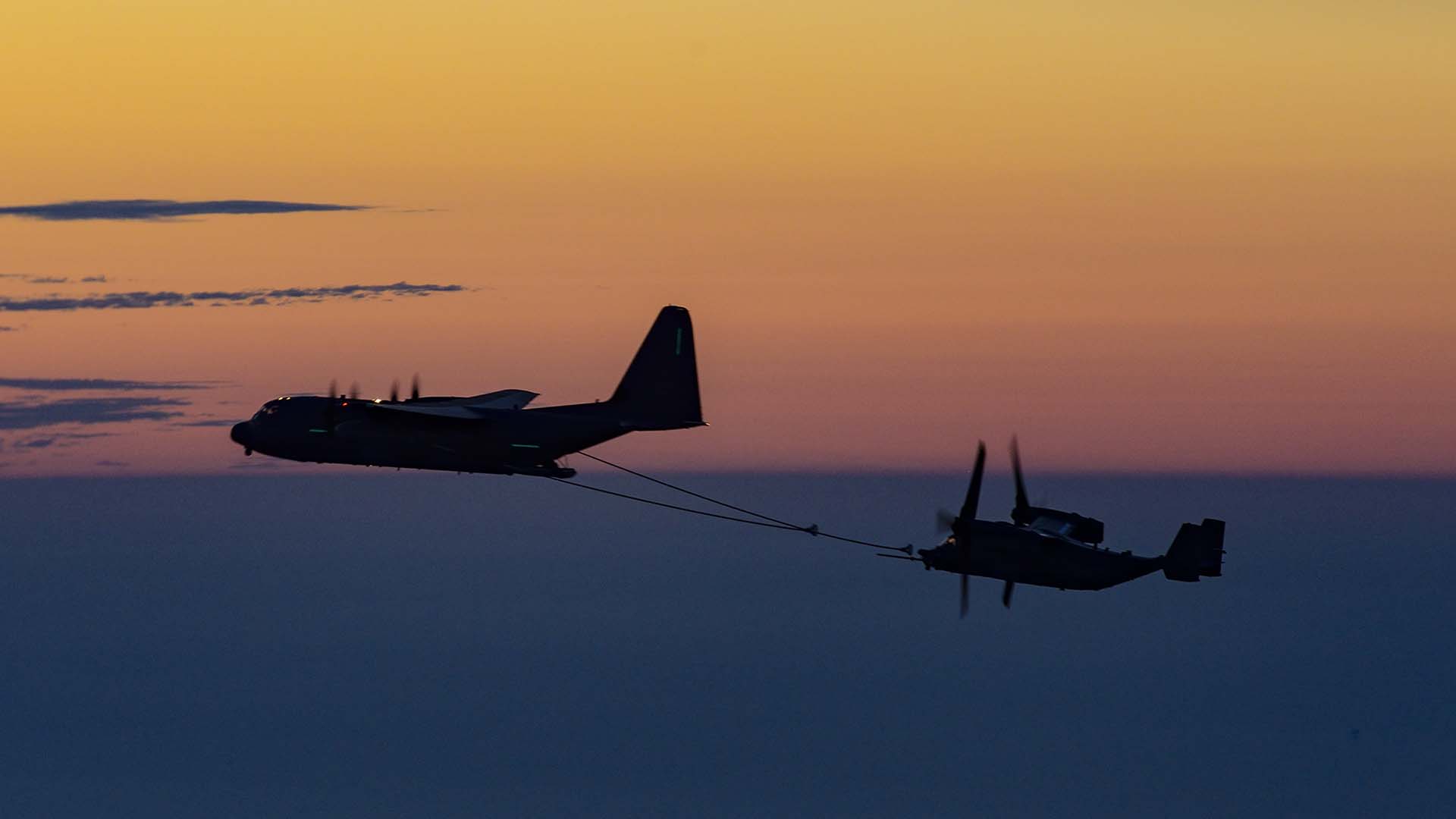
A whole team effort
As well as SEAL Team Six, it’s very possible that members of the 321st Special Tactics Squadron at Mildenhall were also aboard the 352nd SOW aircraft for this mission. This unit includes pararescuemen (PJs) and combat controllers, the latter of which can secure assault zones and provide pop-up air traffic control and long-range secure command and control communications. The PJs are highly-skilled operators and focus is on the medical side — they are known for their skills in battlefield trauma care.
In-flight refueling is a critical factor in maximizing the range of the CV-22Bs. The 67th SOS “Night Owls” at Mildenhall traded their MC-130P Combat Shadows for brand new MC-130J Commando IIs. These support this type of long-range operation by Ospreys, with the Hercules’ providing fuel in flight, whilst also being able to penetrate hazardous areas to conduct infiltration, exfiltration, and resupply of special operations forces via airdrop or landing on austere strips, if required. They can even be used as gas stations on the ground, providing fuel to thirsty aircraft as part of a forward arming and refueling point (FARP), deep inside contested areas.
AFSOC MC-130J crews typically consist of two pilots, two loadmasters, and a Combat Systems Officer (CSO). The CSO handles mission management, provides an extra pair of eyes while flying a low-level, and runs the in-flight refueling portion of a flight.
Initially, the MC-130J lacked some of the advanced mission systems that were fielded by the MC-130H predecessor, notably a terrain-following/terrain-avoidance radar system for use while flying at low-level at night and in harsh weather conditions. Pilots had to instead rely on Night Vision Goggles (NVGs) and a Forward-Looking Infrared (FLIR) sensor, which limits the conditions in which low-level flight can be executed.
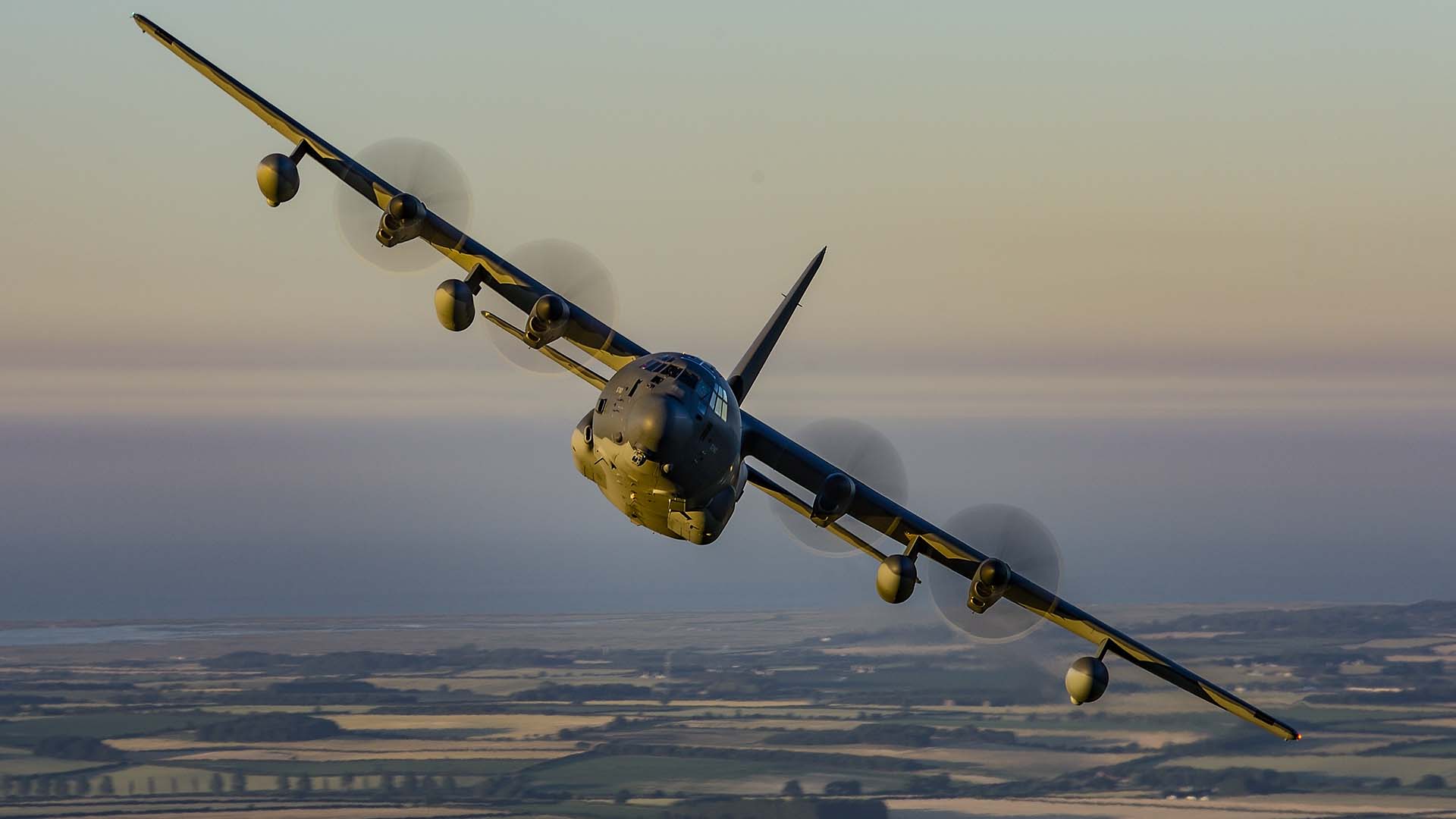
Development of the Raytheon AN/APQ-187 Silent Knight terrain-following/terrain avoidance radar was a priority for the MC-130J, and you can read more about it here in this previous War Zone piece. Silent Knight is a critical capability for both the Commando II and the CV-22B, and beginning in 2021, the AFSOC Ospreys will start receiving this system to replace the existing AN/APQ-186 Multi-Mode Radar (MMR) as part of the Block 30 upgrade.
Trials of the Silent Knight system were conducted this summer on a CV-22B. “This capability is vital for the CV-22 mission and one of the most important differentiators between the Air Force model and the other services,” said Capt Megan Burk, team lead and flight test engineer with the 413th FLTS at Eglin Air Force Base, Florida.
Missions like the one undertaken on October 31 are fraught with danger. Niger, where the U.S. military formally opened a new base last year, is a major hub for counter-terrorism operations in the region. Nigeria has been battling the Islamist terrorist group Boko Haram, and its splinter faction, the Islamic State’s West Africa Province (ISWAP), for years now, and Nigeria has also been an important regional partner for the U.S. in combating terrorism in northwest Africa. It is understood that Marine Corps special operations units deployed in northwest Africa, along with the Central Intelligence Agency (CIA) provided details as to the whereabouts of Mr. Walton that made the raid possible.
Underlining the risks involved, an AC-130J Ghostrider gunship provided precision top cover for the mission. Unlike the U.S. Marine Corps, which has aspirations to enable its MV-22s to swing into a limited Close Air Support (CAS) role if required, AFSOC prefers to use the CV-22B as part of a mission package. Its primary CAS platform is the AC-130, which is typically expected to fly overhead as the team presses into the assault area. Its massive arsenal of weaponry, advanced sensors, and ability to provide fire support with surgical precision, make it ideal for keeping any threats from interfering with the assault team.
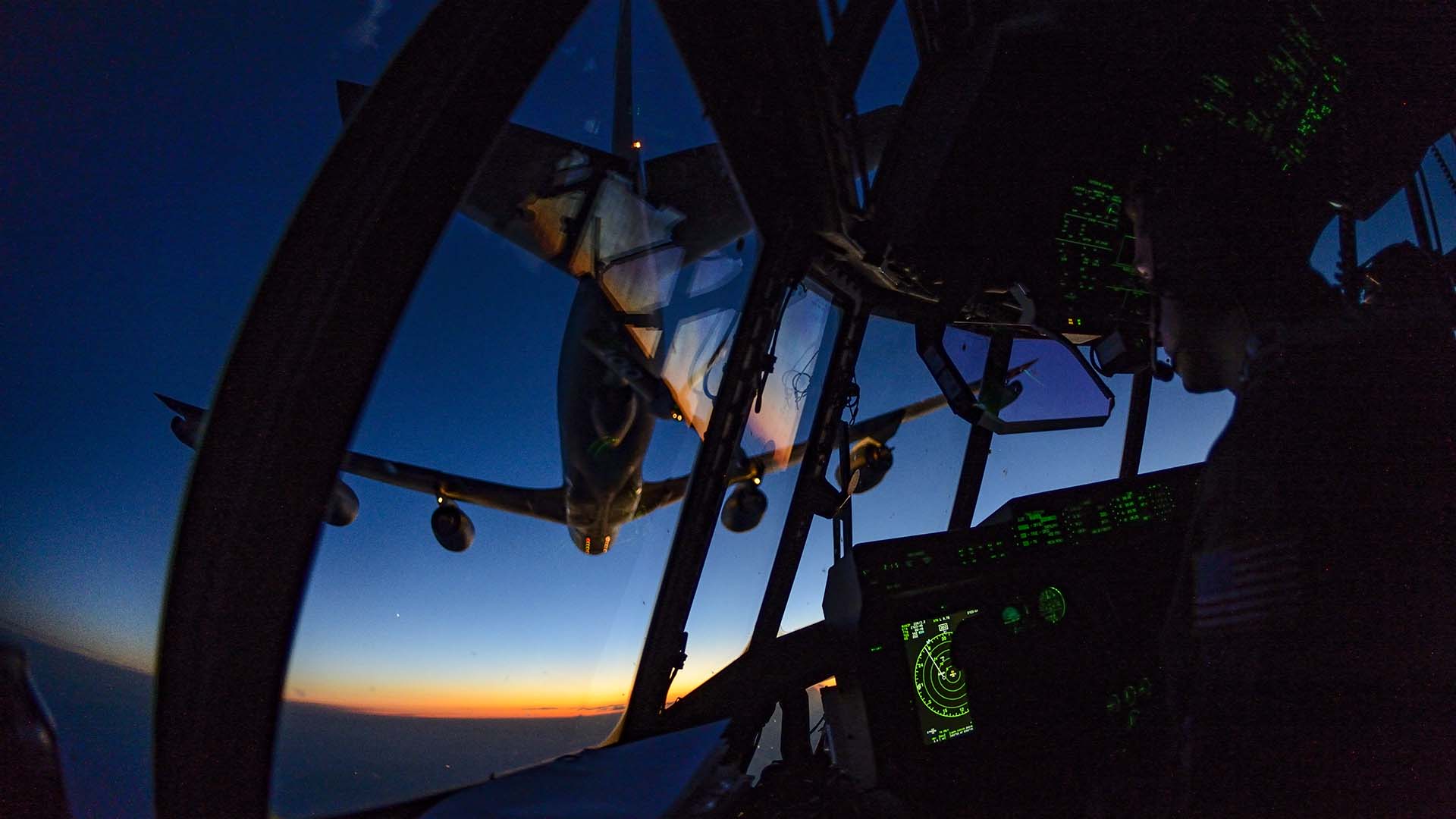
Illustrating the inherent risks, a similar mission on December 21, 2013, nearly ended in disaster. On that occasion, CV-22Bs were drafted in to conduct a rescue mission in southern Sudan. Three CV-22Bs from the 8th SOS flew from Camp Lemonnier, Djibouti, towards the city of Bor, where fighting had trapped 30 American civilians. About to touchdown at a planned landing site, in what had been briefed as a safe location at a United Nations compound, a barrage of ground fire enveloped the Ospreys.
According to a report released by the 1st SOW, the three aircraft suffered severe damage and four SEALs on the lead Osprey suffered critical injuries as rounds penetrated the cabin. The damaged CV-22Bs made for Entebbe airport in Uganda, some 500 miles away, refueling from an MC-130 en route. Air Force Major Benjamin Fingarson, who was flying one of the CV-22s, later commented: “There is not another aircraft in the world that could have done what we did that day.”
Teaming CV-22B Ospreys with MC-130Js gives AFSOC a powerful ability to rapidly undertake missions such as the one conducted in the early hours of October 31. Regular training is imperative in order to ensure that when these assets come together, they can work coherently.
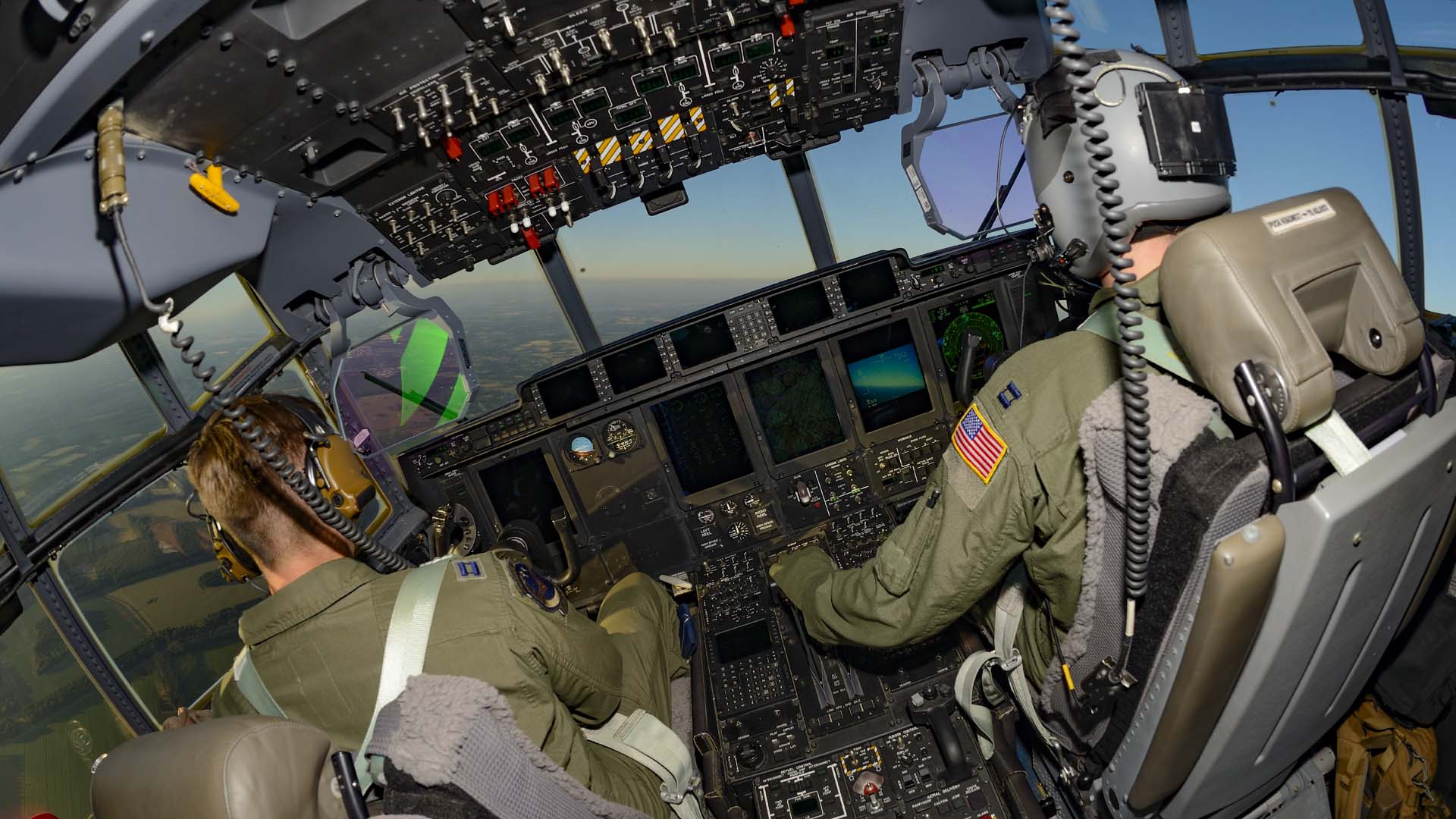
For the CV-22B, this mission illustrates once again how the tilt-rotor has come of age. It entered service amid criticism and concerns over cost and reliability. Yet today, these awkward-looking machines show up all over the world and pull off their complex missions successfully.
A changing fight
The type of mission that was launched on October 31 reflects a focus for AFSOC over the past two decades, having largely concentrated on countering violent extremist organizations. AFSOC hosted a weapons and tactics conference between August 24 – Sept. 3, 2020, as part of an overall tactics review and designed around the mantra of “Competing Now and in the Next Conflict — SOF Operations in the Joint Fight.”
“Pre 9-11, we were executing rapid crisis response, conducting short-duration contingency operations, and most frequently, supporting the larger joint force with specialized capabilities,” commented AFSOC commander Lieutenant General Jim Slife, adding that AFSOC post 9-11 transitioned from short-duration crisis and contingency response to sustained combat operations. “We are at another inflection point and the strategic landscape has shifted fundamentally, yet again underneath us,” Slife noted, underscoring an overall shift towards preparing for high-end, near-peer threats.
Part of that shift involved AFSOC supporting other branches of the USAF such as Air Combat Command. Indeed, AFSOC has recently exercised the rapid set-up of austere locations for agile basing of fighter aircraft.
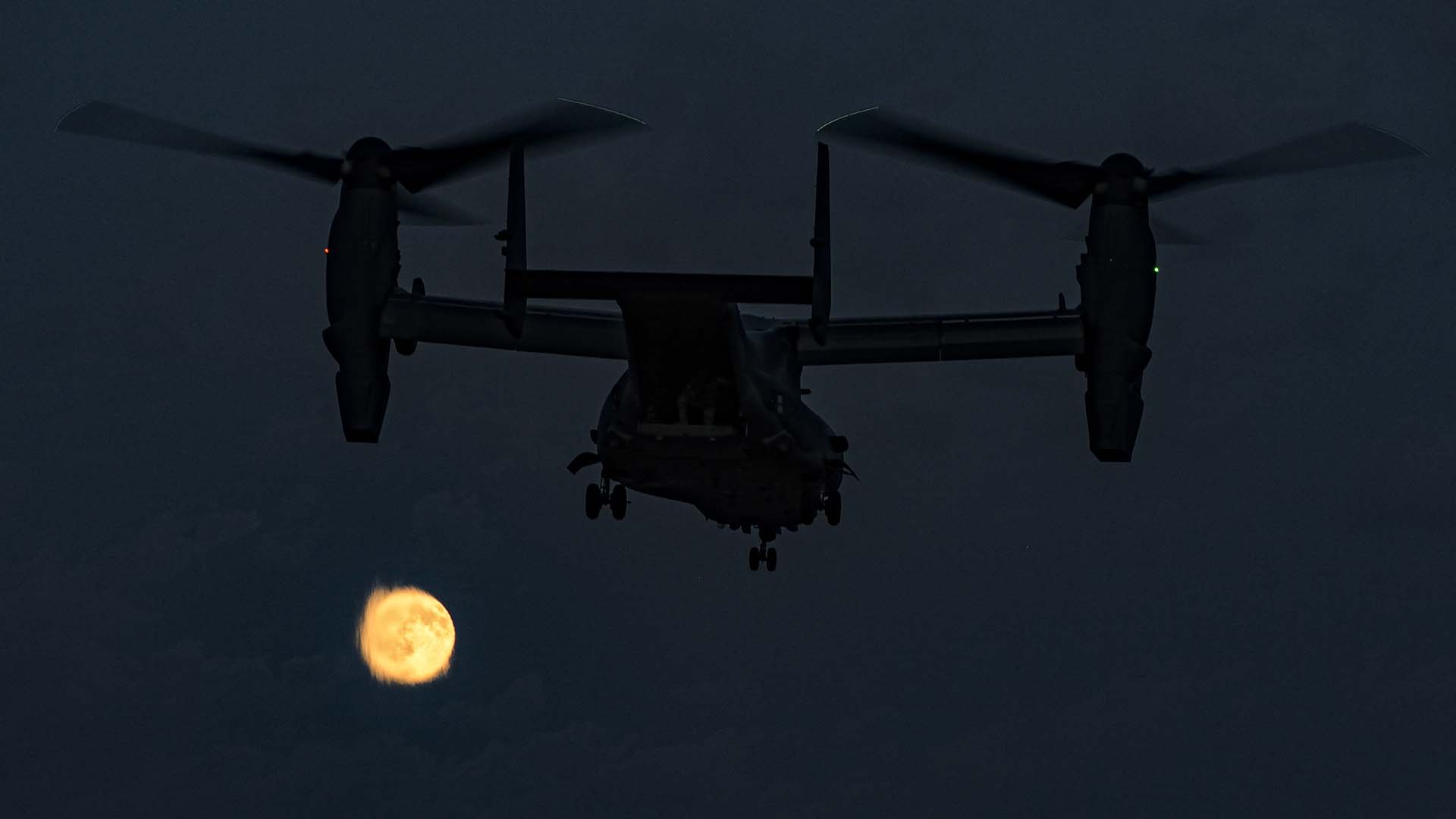
At RAF Mildenhall, AFSOC has been gearing up for other major changes around plans to close in the base by 2027, with the 352nd SOW planned to relocate to Continental Europe. However, the decision has now been made to retain Mildenhall as it has been deemed as “crucial to operational efficiency” of U.S. forces in Europe. Instead, the U.S plans to close bases in Germany. Air Force Colonel Robert Horton, Vice Commander for the 352nd Special Operations Wing said recently: “One of our most important missions is to provide worldwide responsive combat airpower and support to the European theatre… Our Air commandos stay ready to support the full spectrum of SOF missions, any time, any place.”
Notably, the kind of dynamic low-level flying training, which is so important to AFSOC CV-22B and MC-130 crews, isn’t permitted in Germany, where the 352nd SOW was due to relocate. Therefore, it makes perfect sense to retain this special ops team in the United Kingdom, so it can make good use of the extensive low-level and other flight training areas around the country.
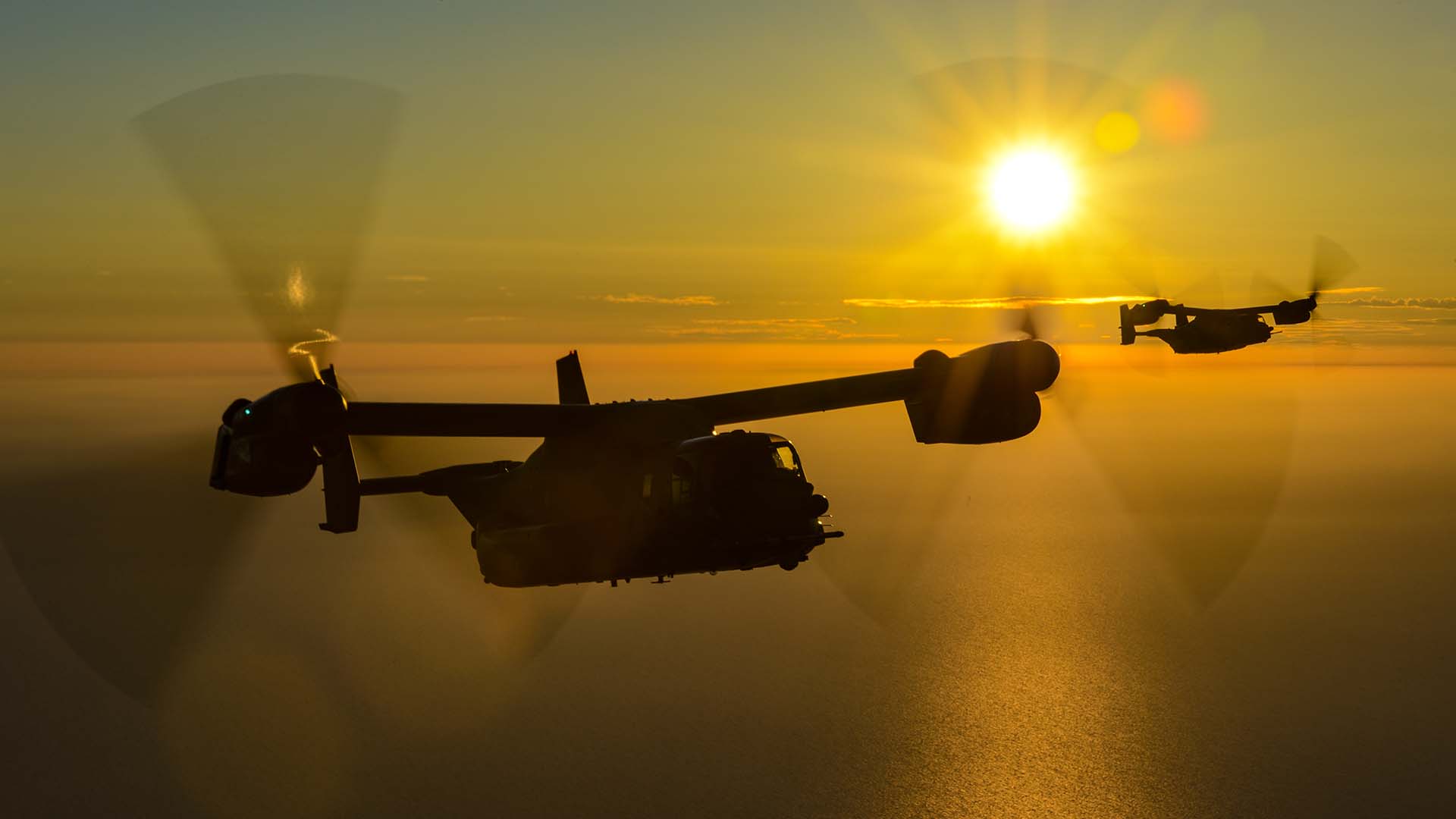
Maintaining readiness by effectively training together means that when the call to action comes, the CV-22B/MC-130J team is able to swing into action and swiftly deliver the kind of decisive action that was seen on October 31.
Above all else, this most recent and highly-successful very long-range hostage rescue mission was really a showcase of how the special operations community can combine to pull off what just a decade ago would not have been impossible. The 352nd SOW, with its nest in Europe’s doorstep, along with its colocated KC-135R tankers, sit ready to rapidly reach out thousands of miles to deal with rapidly evolving situations in a manner that only they can. They truly provide a 9-1-1 rescue and direct action transport force for combatant commanders that are tasked with operations in Europe and Africa.
As was made abundantly clear in late October, when that emergency phone rings, they certainly answer the call, and then some.
Contact the editor: Tyler@thedrive.com
